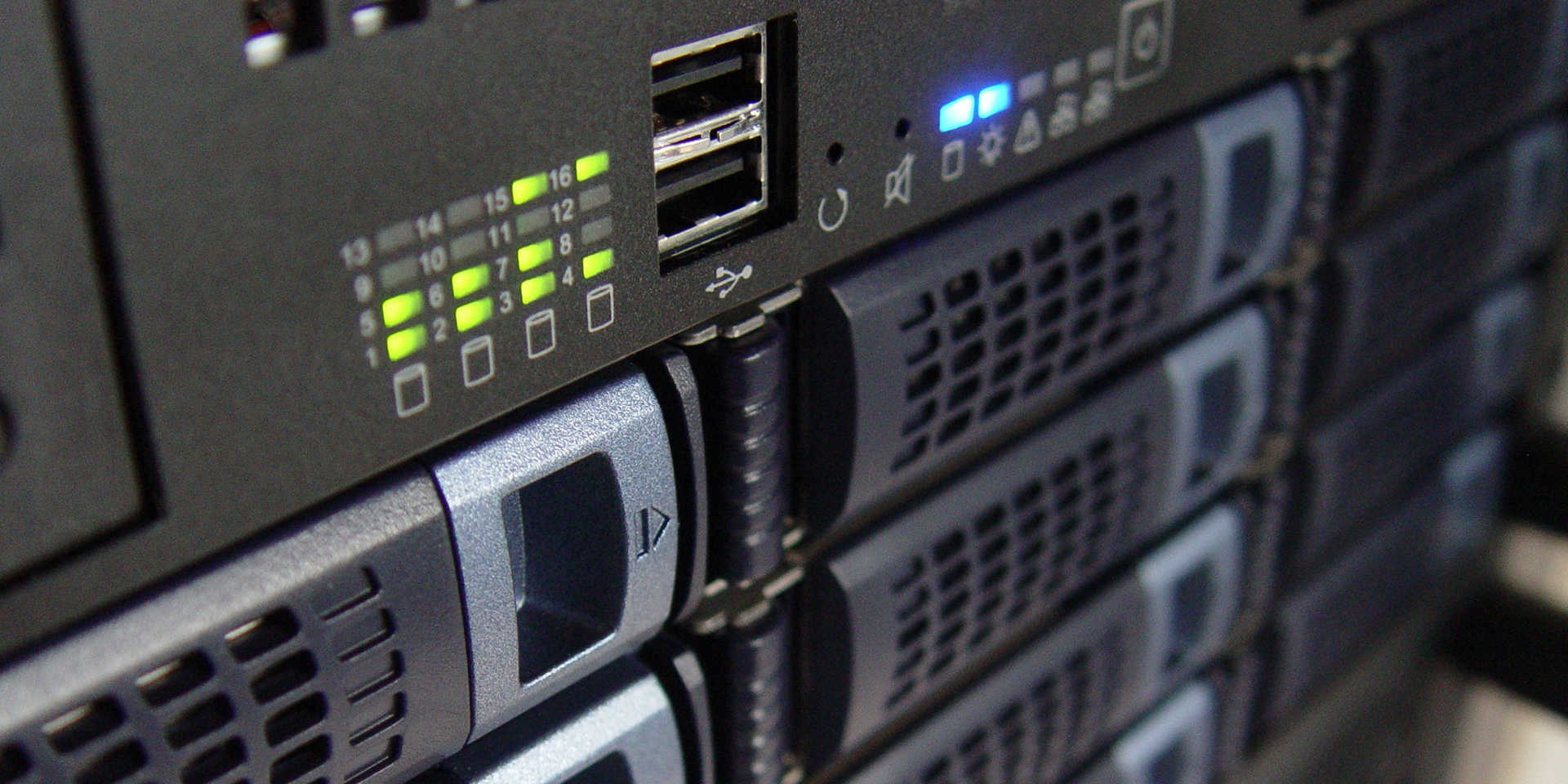
Large-scale companies must deal with huge volumes of information to offer their employees, customers and suppliers proper, customized attention through their internal and business documentation.
Since IBM revolutionized IT by manufacturing the first mainframe, technology has evolved very rapidly. Nowadays, however, thousands of companies all over the world are still using the so-called “dinosaur”. Its considerable execution capacity, robustness and reliability have become its main virtues.
Despite the myth surrounding the mainframe regarding its incompatibility with distributed infrastructures, everyday mainframe systems show they are far from disappearing.
”The Sixth Yearly Survey for Mainframe users around the world, carried out by BMC Software in 2011, showed the importance of this technology to business and services applications and how the tool is still a key platform for hybrid data centers. The main aspects revealed by the survey are:
- 47% of the survey respondents said the new workloads and new business applications help their capacity grow.
- 93 % of the survey respondents from large companies expect the capacity to grow or to remain stable.
In other words, the results of this survey indicate that companies are still using mainframe and that they even continue looking for new ways to make it part of their future data centers.
In fact, since long, new mainframe applications based on new technologies, supporting Java, SOA capabilities and databases, are being developed, because, in general, companies trust the system´s reliability. In fact, TCP/IP and other technologies have already improved connectivity and allow for mainframe integration with the entire IT infrastructure.
Service Oriented Architecture
Mainframe applications and Service-Oriented Architecture (SOA) complement each other and, as such, can be used to improve and optimize operations. Although they are different, both share a number of characteristics, such as reliability, robustness and easy maintenance. These qualities are essential in IT systems, because they help overcome obstacles and differences between technologies. In other words, the goal of taking advantage of mainframe applications in an SOA environment is to optimize the strong points of both models.
Advanced mainframe users continue demanding new capabilities, because they understand the critical nature of the “supercomputers” in Web services and SOA initiatives, like transactions servers.
Reality points to the fact that a high percentage of critical data and generation and printing processes of high volumes of business documents is still managed by mainframe systems and that the applications are now also used to meet new demands, such as the distributed environments of Web solutions.
The flexibility of SOA architecture complements the mainframe’s rigid nature, as SOA allows companies to create and modify their business processes from an IT perspective, by creating new procedures and using business functionalities that are inherent to the infrastructure of current or future applications (Web services).
In conclusion, SOA applications as well as mainframe systems can be integrated simultaneously, despite being two different models with different operation and application limitations. The best from both applications is obtained by taking advantage of their main characteristics, which are reliability, robustness and easy maintenance.
The Future of Mainframe
BMC’s survey gives us an idea of the reasons why today’s companies prefer to keep using mainframe, although, as with other IT systems, this supercomputer tends to evolve as new technologies and demands arise. In fact, the survey respondents indicated that they, too, are starting to realize the importance of technological trends, such as Cloud and mobile computing.
Although at first, years ago, things seemed otherwise, there is no doubt that for mainframe systems to survive, they need to be adapted to the new IT trends, in order to run in hybrid environments where they will be able to continue using their advantages for the new data centers. Large companies are demonstrating that the future of this supercomputer is tightly linked to the Cloud, Big Data and mobile computing.
Sources:
- BMC Software
André Klein
Consultor freelance para DocPath
